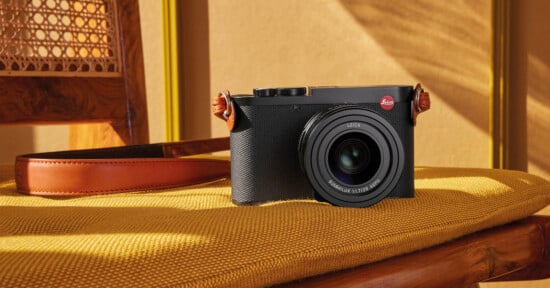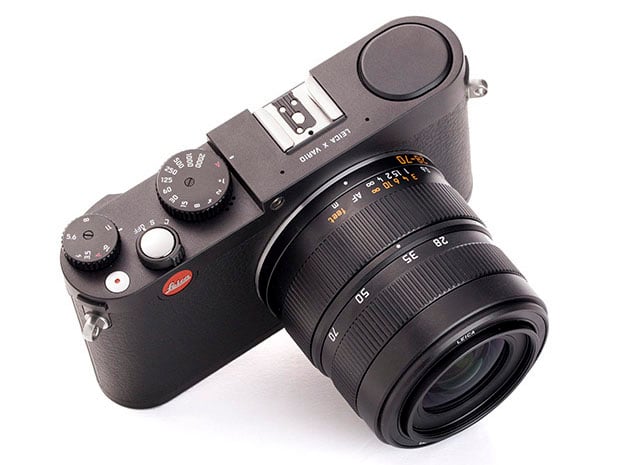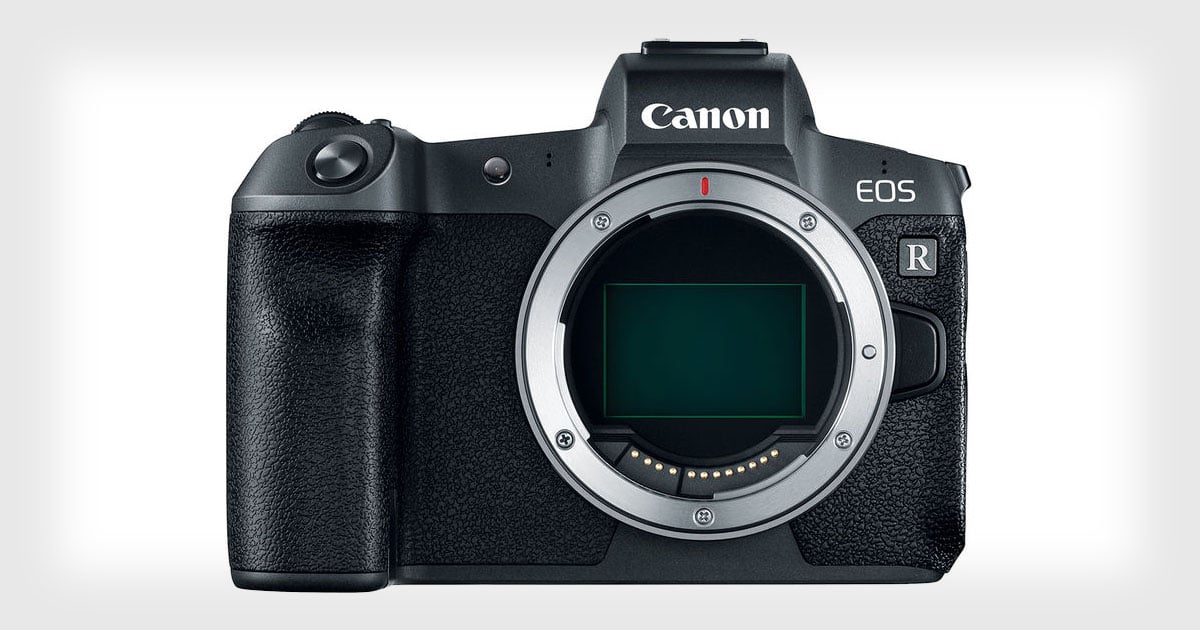Leica Q3 Review From a Canon Photographer: Hit and Miss

Like many photographers, I’ve spent years hunting the impossible combination: a high-quality camera that’s also compact. Must haves: a great sensor and a wide aperture wide angle lens. Today, I’ll walk you through the meandering journey that eventually led me to the Leica Q3.
Editor’s note: The photos below were all captured with the camera in the section they are in. The photos from the first Leica Q3 section onward were all captured on the Leica Q3.
But First, the Fuji X-Pro 1
My first contender was the Fuji X-Pro 1 in 2015. I traveled to France and Italy with it and enjoyed the quality of the files the X-Trans sensor was giving me. The camera was much smaller than my Canon 7D and the lenses available were pretty great, giving the photos a dream-like quality. For anything going slow, I was able to get decent images, with plenty to recover when processing the RAW files.
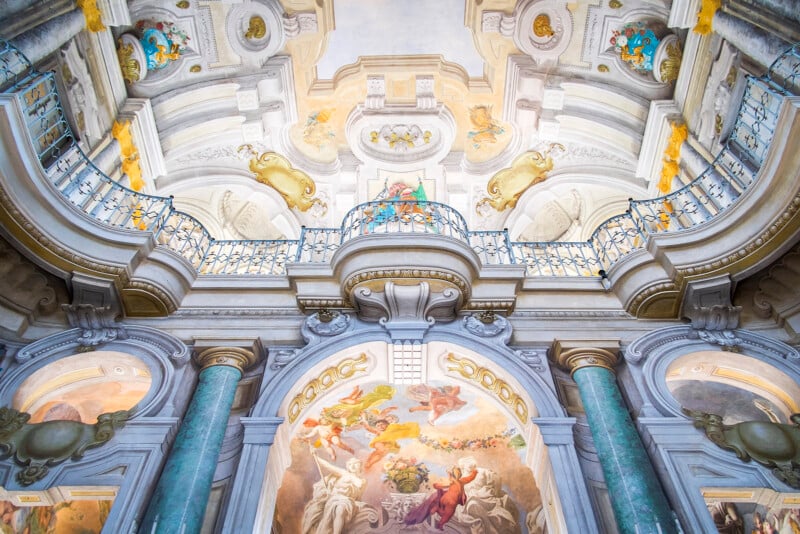
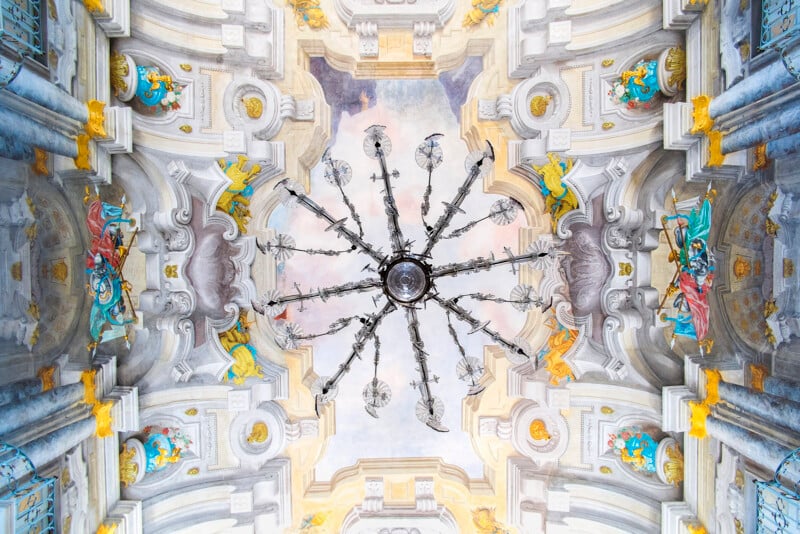
The main downside of the Fuji was its autofocus: the camera was too slow for my street photography, so I’d keep reverting to my Canon 7D.
On to the Canon 5D Mark IV
What eventually made me part ways with it completely was the release of the 5D Mark IV and the upgraded 35mm f/1.4 II lens in 2016. That new combo nearly tripled my hit rate against the 7D. Suddenly everything was in focus and my gear wasn’t a limiting factor anymore. I traveled the world with the 5D, and I took photographs I’m still very proud of. But there was nothing compact about that camera.
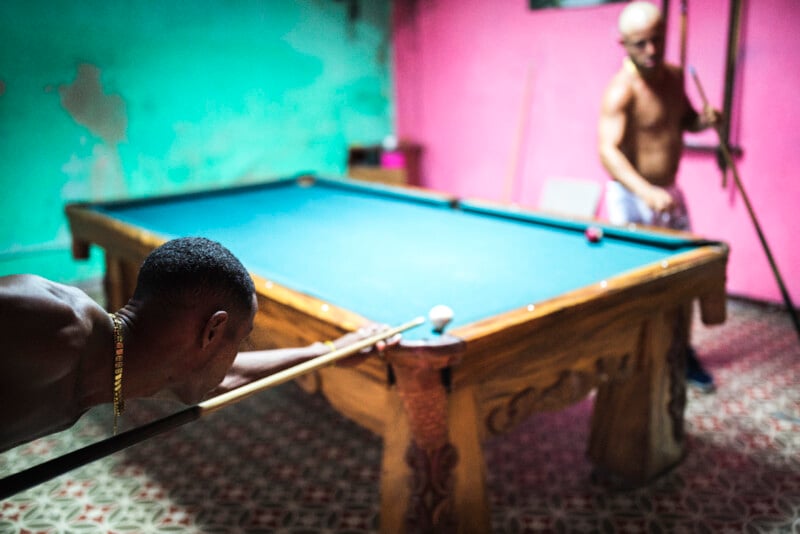
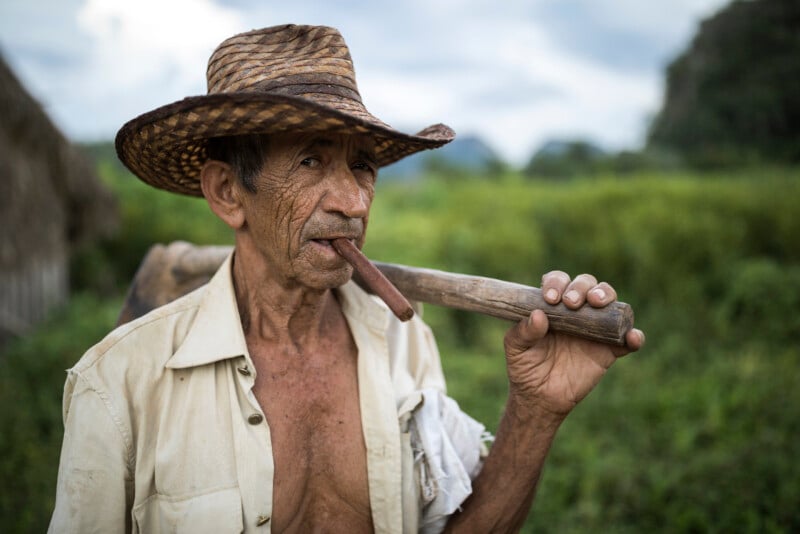
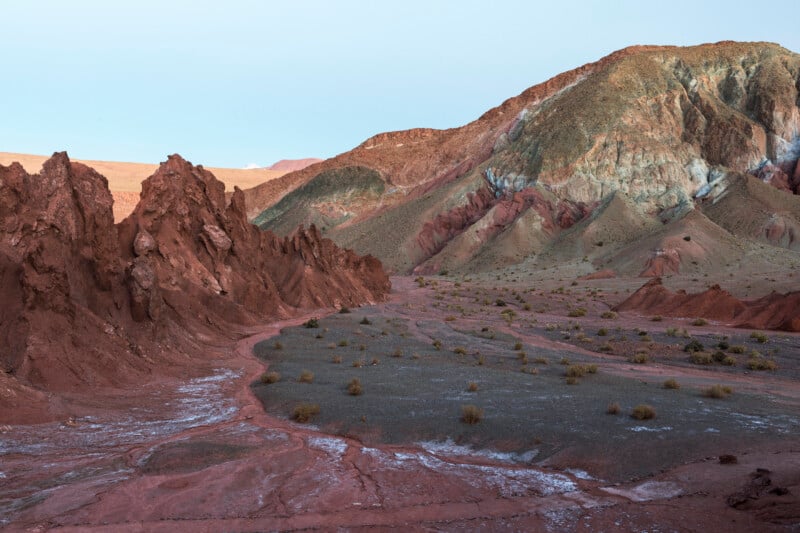
Next, the Canon R5
Mid-2020 I upgraded to the Canon R5, again increasing my hit rate to a point where 90% of my shots would be in focus with minimal effort. The reliable autofocus and impeccable image quality made me drop the idea of a smaller body camera temporarily. I shot fashion shows, concerts, and adventured to many places, such as the Lofoten Islands, China, and Iceland.
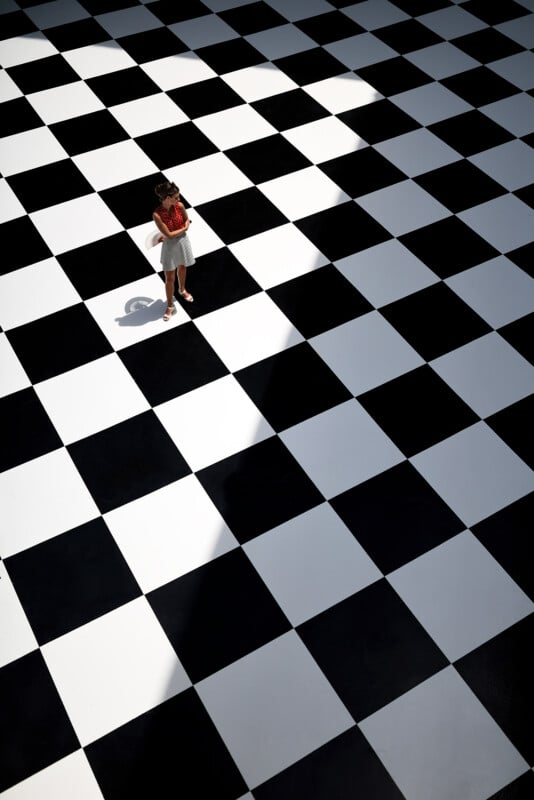
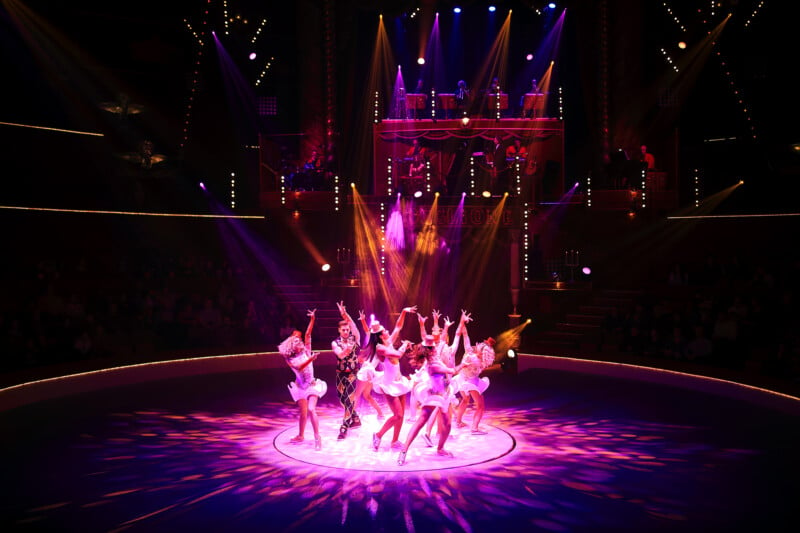
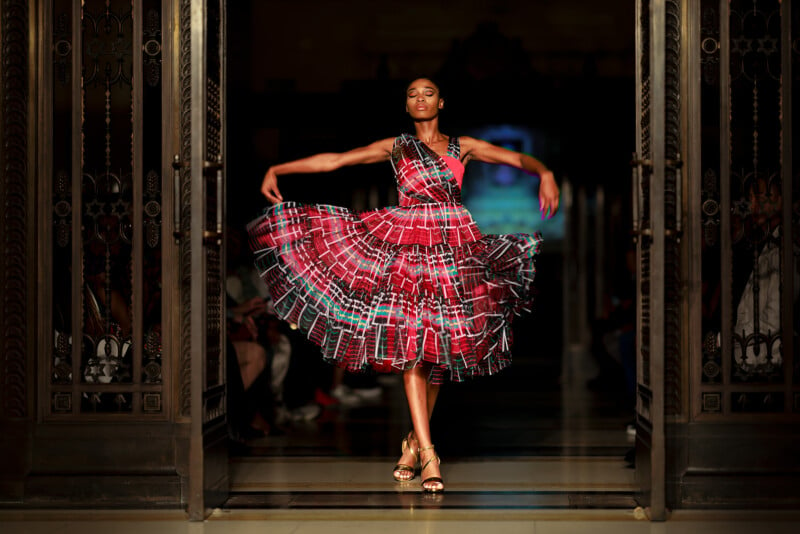
The R5 became the camera I could trust in all conditions. Very little thinking was required to get the shot right. It gave me more freedom to create than any other camera before.
Finally, the Leica Q3
Fast forward to 2023 and when I got into ultra-distance gravel cycling, cycling over 10,000 kilometers during the year through various regions of Spain and Portugal. I competed in a few races but quickly realized sleepless nights on a bike — only to come back with iPhone photos — just wasn’t my thing… It felt wrong to be traveling through such incredible places without a camera.
So I focused my search again on a compact body with a decent lens. I quickly stumbled upon the Leica Q3. Ecstatic reviews convinced me to try one in store. When I did, the truth is, I wasn’t overly impressed. But I ordered one anyway — I wanted a camera for my future adventures and no one else had released any that could come close for quality and weight (743 grams).
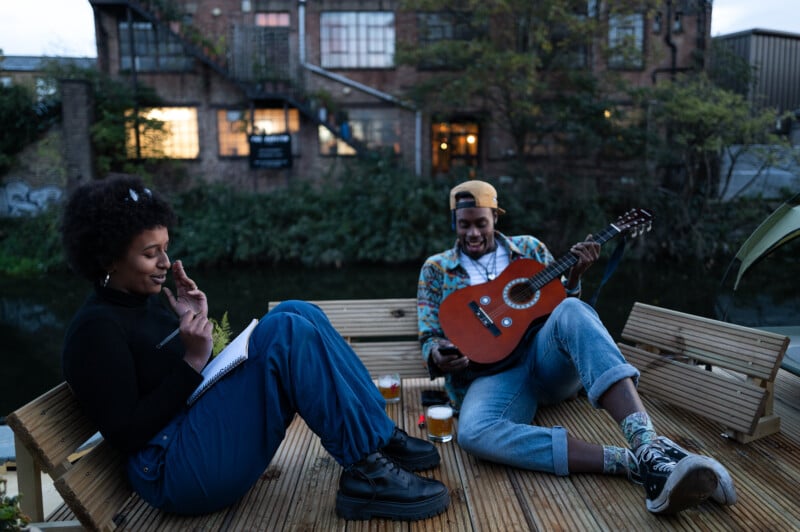
Three months later, my local Leica dealer called to let me know the camera had arrived. Eager to put it to the test, I took time off work straight away, and I went out to shoot the streets of East London.
The Q3 for Street Photography
Adapting to the 28mm wasn’t easy. First, I compose my images at 35mm, not 28mm. While I’ve used most focal lengths, my vision of the world happens at 35mm, regardless of what my eyes actually see. I find it’s harder to isolate a subject at 28mm — going wider is the easy choice, where everything fits in.
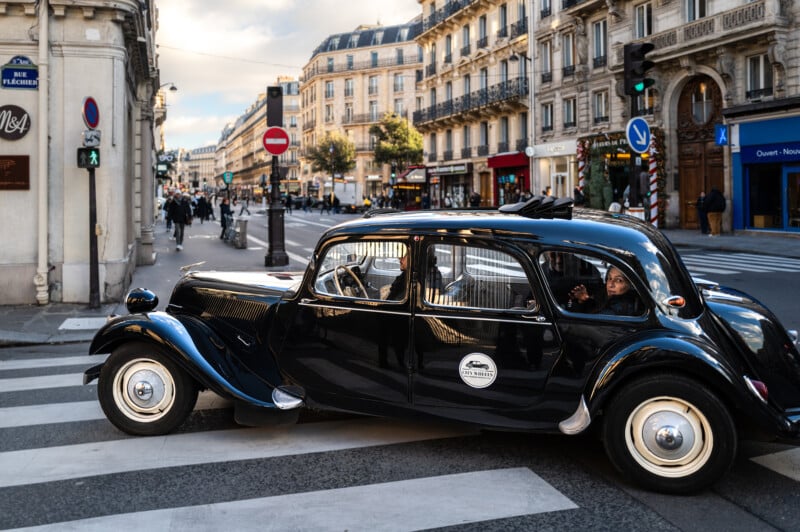
The ergonomics of the camera weren’t too hard to adjust to; the Q3 has simple menus and dials. However, I really missed having an additional aperture dial on the body. While stylish, changing aperture on the lens isn’t too practical, above all as it changes on its own when taken out of a bag. I also often ended up half way between Macro and regular shooting modes, which allows you to do nothing. Those are small things, but ones you shouldn’t have to think about.
My setup is simple: single shots (sometimes more), highlight-weighted exposure, field focus. I adjust aperture and exposure as needed and usually leave ISO in auto. My main mistake while setting up the Q3 was to go for mechanical shutter only to avoid dealing with rolling shutter. At only 1/2000 second, the Q3 is too slow to shoot at f/1.7 in bright light.

After a couple of hours out, I quickly realized f/1.7 wasn’t enough for my street work; I rely heavily on wide apertures to separate the key subject from its environment, and I’ve struggled to do so on the Q3. A 28mm focal length brings a lot into the frame, significantly more than the 35mm I’m used to, and creating a “3D effect” in my photos was a lot harder. My experience with the R5 and 35mm f/1.4 combo is that I can separate subjects from their environment by pushing the aperture to f/1.4. With the Q3, I’m forced to rely on lighting a lot more to create the style I want.
Going back to my “hit rate,” I simply can’t get anywhere near my R5. Part of it is due to the ergonomics of the Q3: a typical Leica without joystick to move the focus and poorly placed dials (the worst one being for exposure, placed on the outer part of the body and hard to reach with your thumb). With the temperatures dropping in the past few weeks, I used the Q3 with gloves and missed countless street shots by pushing the Play button instead of the arrows, definitely killing my shots. You may wonder why I’m not using subject tracking: because switching between subjects rapidly with the Q3’s buttons is completely unreliable.
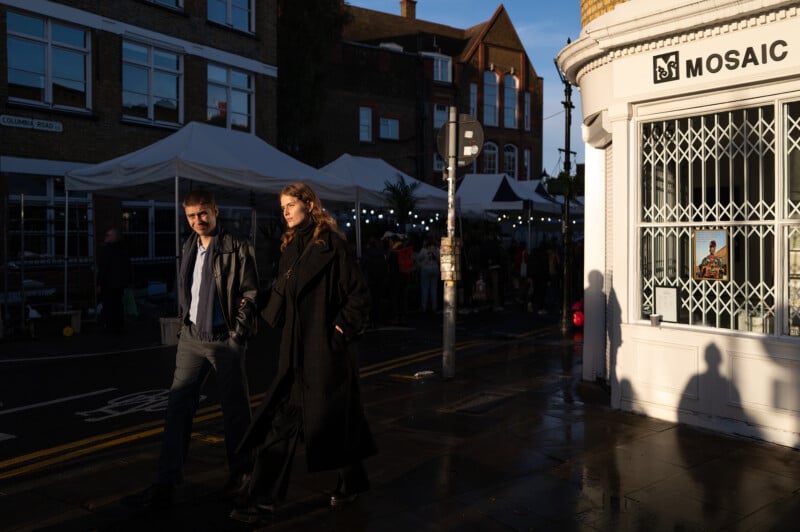
The second reason for the low hit rate is the autofocus: average in poor lighting conditions and terrible in motion. With the Q3, I’ve had to stop shooting while walking. I have to stop, compose my image and shoot when the right subject comes into the frame — a much less spontaneous experience than what I’m used to.
Lastly, the camera is painfully slow to wake up. It should be on within a few milliseconds, but it takes the Q3 a second or two to start… far too long when trying to capture an instant.
Getting a disappointing street photography experience with a camera that many would describe as designed just for that is the paradox I found myself in. The photos above are more “successful” examples, but they would’ve been so much easier to get with my R5. In fact, it’s made me eager for Canon to finally release a 35mm f1.2, which should enable me to do much more.
The Q3 for Landscape Photography
If you remember, I didn’t really get the Q3 for street. I was curious about the idea, and was left unimpressed. But I really got the Q3 for bikepacking. And during my gravel rides in the South of Spain, in the region of Guadix, this November, the Q3 proved to be a great companion.
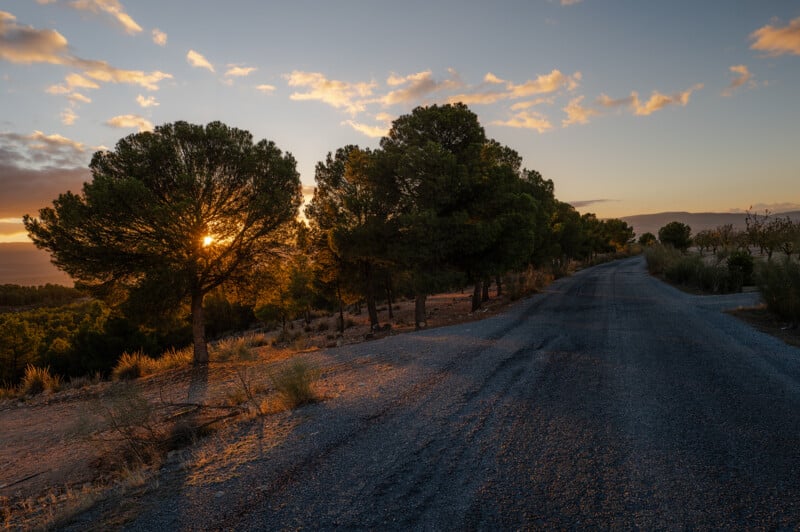

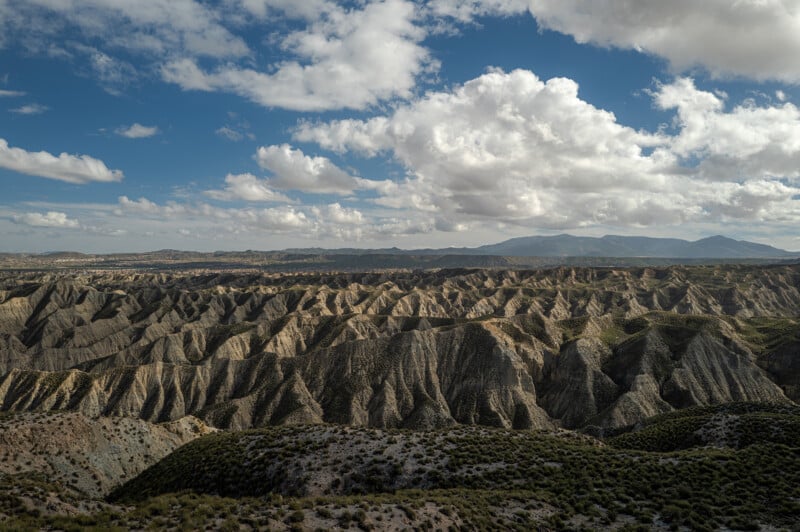
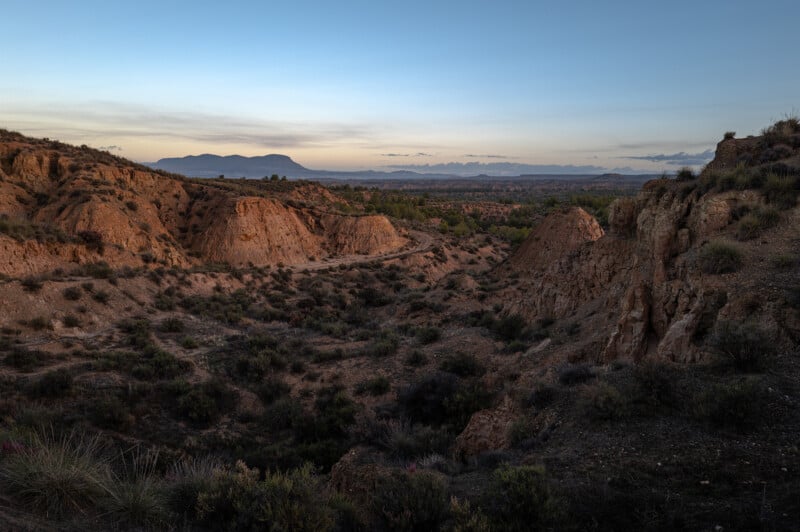

I’ve been very happy with the highlight-metering mode on the Q3, which has allowed me to always properly expose my landscapes. In that mode, I’d often have to retrieve shadows, which was easy with the amazing dynamics range the Q3’s sensor offers.
The Q3 for Intentional and Attentive Photography
Generally, the Leica Q3 is a great camera for more intentional and attentive photography. Anything slow-paced with time to breathe is within the Q3’s capabilities.
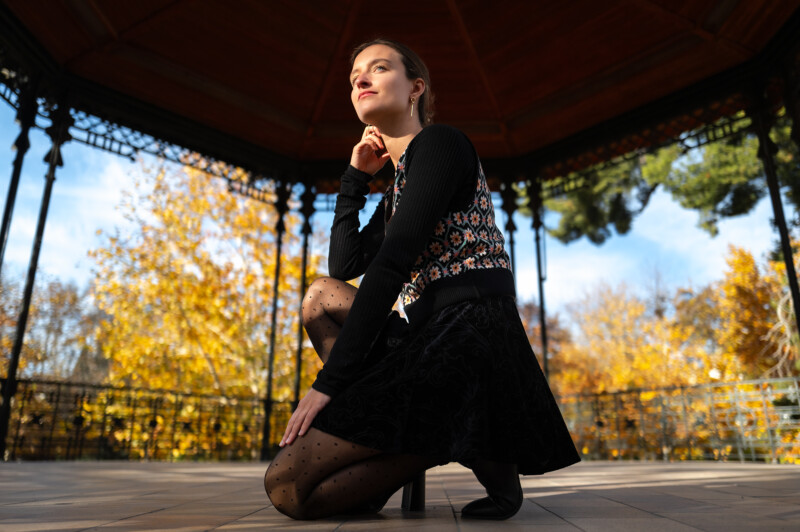

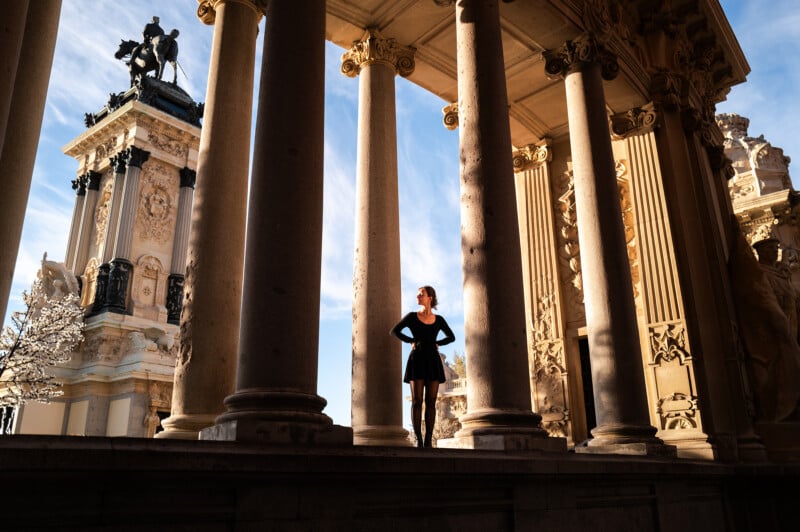
Leica Q3: Worth It?
Now, does it make sense to spend $6,000 on the Leica Q3? I think it does for now… until someone takes the opportunity and makes something like the Q3 but with a far better lens, ergonomics and software. It’s more than achievable for every camera maker today, including Leica themselves.
My understanding is that Leica doesn’t want to cannibalize its M sales. I see this as a mistake. The Q series can be Leica’s future, allowing more people like me to enjoy a great 60mp sensor in a beautiful body, but with the lens of their choice and great autofocus. I’m sure there’s significant market share to own.
Something that really puzzled me was the image quality coming from the large 60mp files. They aren’t any better than what I get on my R5, and I believe that’s only because of the fairly average 28mm f1.7, which has a lot of chromatic aberrations and uninteresting bokeh. It’s a shame to pair such an amazing sensor with such a lens. When comparing files, I’m happier with those of the R5, especially when processed with Canon’s DPP software. They seem more pure and sharper where it needs to be. I thought DPP was slow, but processing the Q3’s RAW files in Camera Raw or Lightroom has been a more time-consuming process.
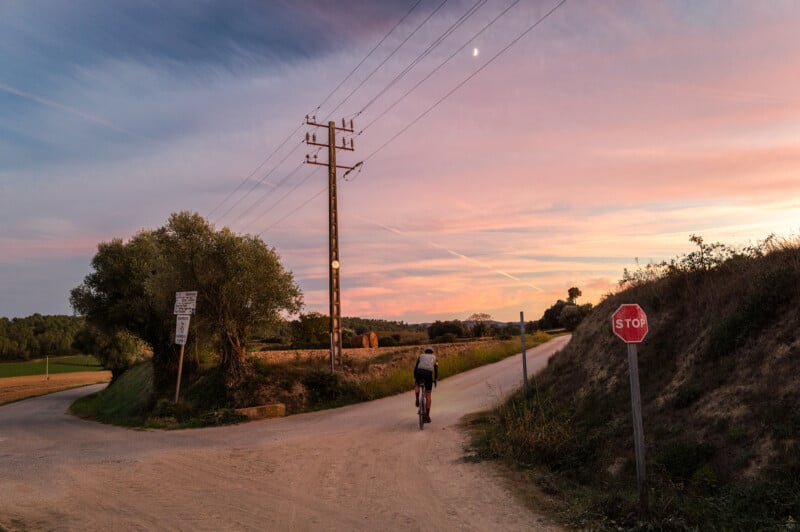
I didn’t buy the Q3 for the prestige or the appearances, but for its features. I enjoy using a nice object to take photographs but the brand name doesn’t matter one bit to me. I think it’s high time Leica realized there’s a market of people seeking the highest performance and image quality possible in a small body, and that they are ideally positioned to capture it. Adding a joystick, investing in software, and allowing for other lenses (or a modern 28mm with f1.4 aperture) would make the Leica Q series the ultimate compact cameras.
As an ultra-distance cyclist, the Q3 fits in my frame bag, and I will be using it for my bikepacking adventures. It’ll also be with me for day-to-day events where bringing a larger camera would be cumbersome. However, to produce my best work, including at similar focal lengths, I’ll definitely continue using my R5.
About the author: Emmanuel Nataf is a photographer who’s traveled through Europe, South America and South East Asia in search of all things strange and beautiful. He’s also the co-founder of Reedsy, a marketplace where authors can connect with the world’s best freelance editors, designers, and marketers.
You can see more of his photography on his website or by following him on Instagram.
